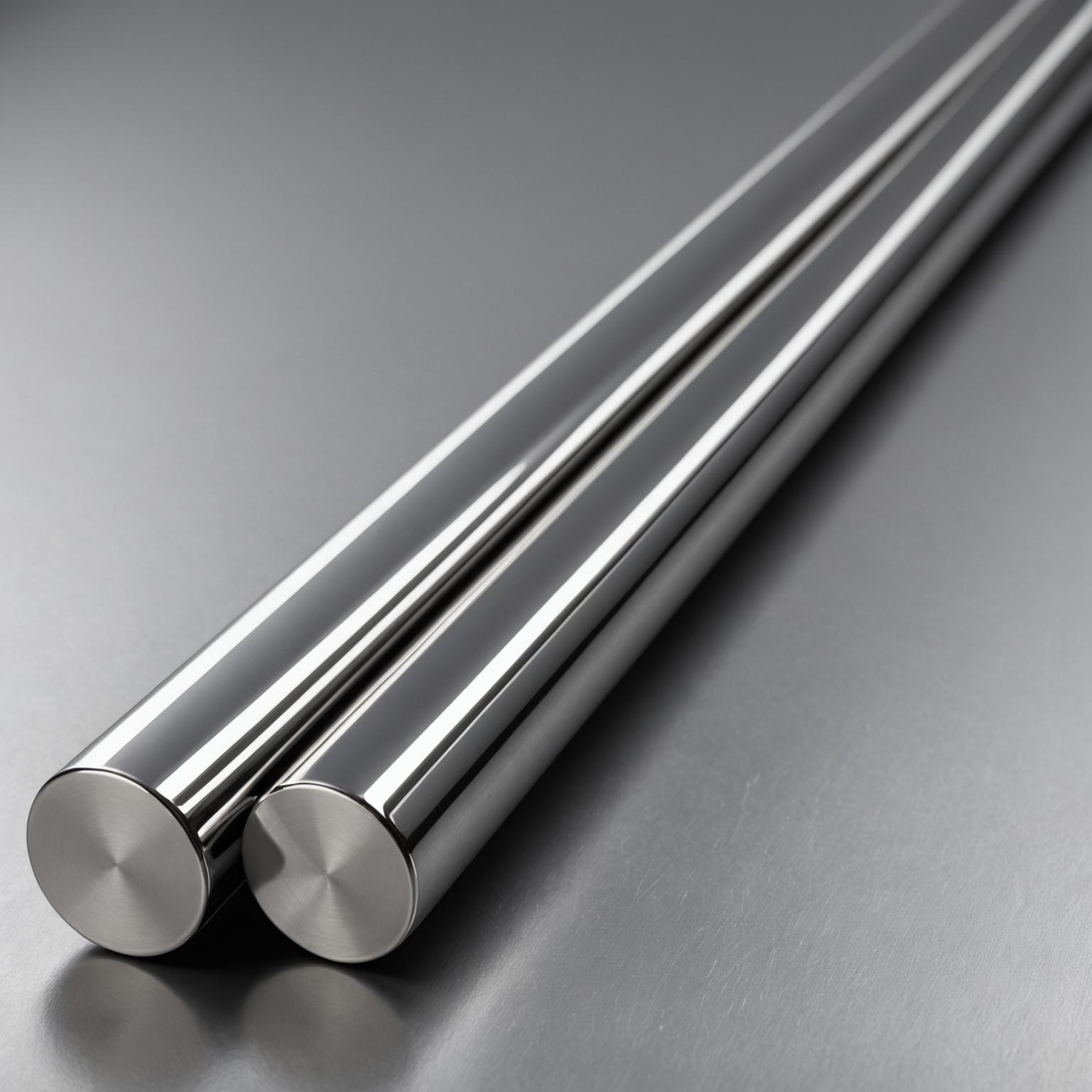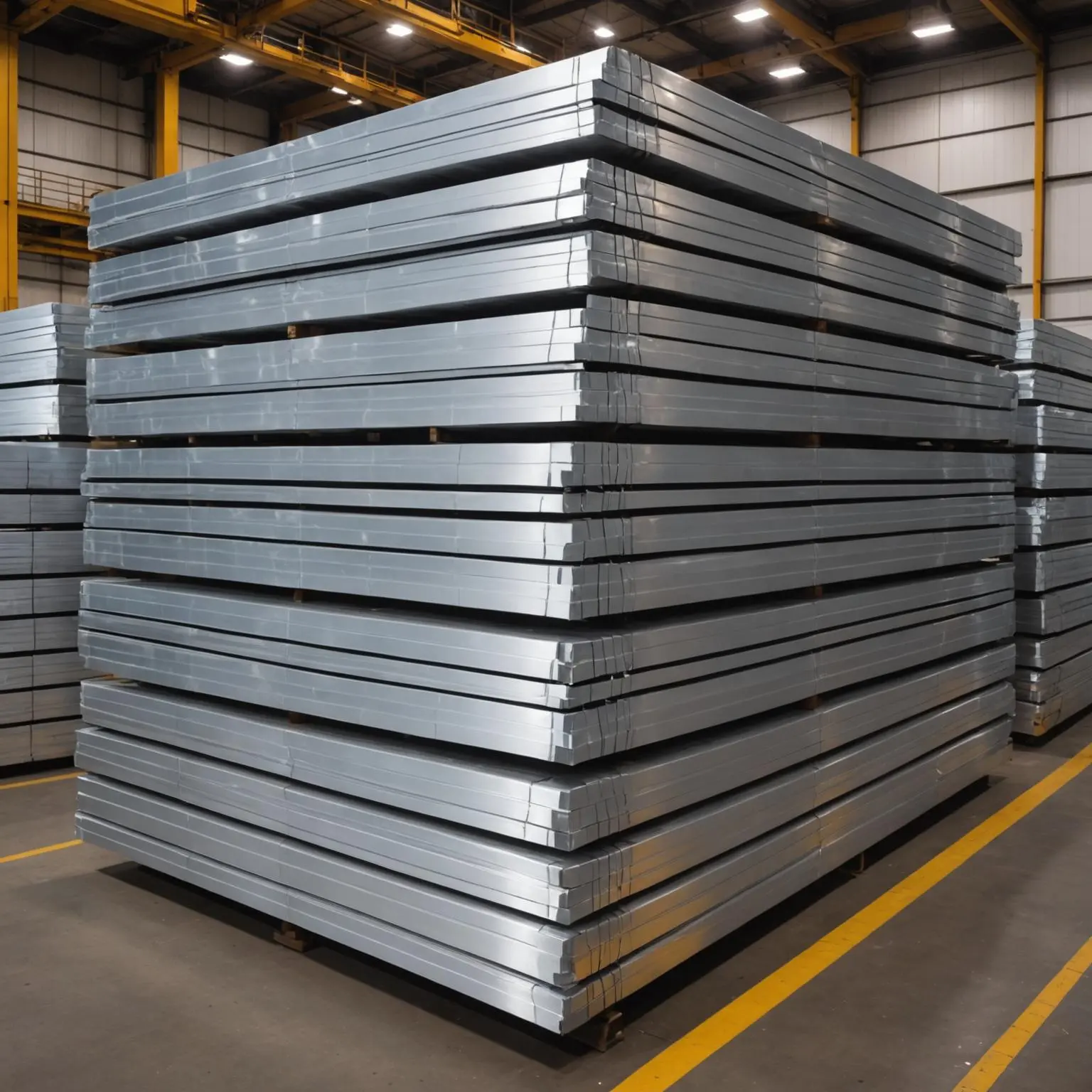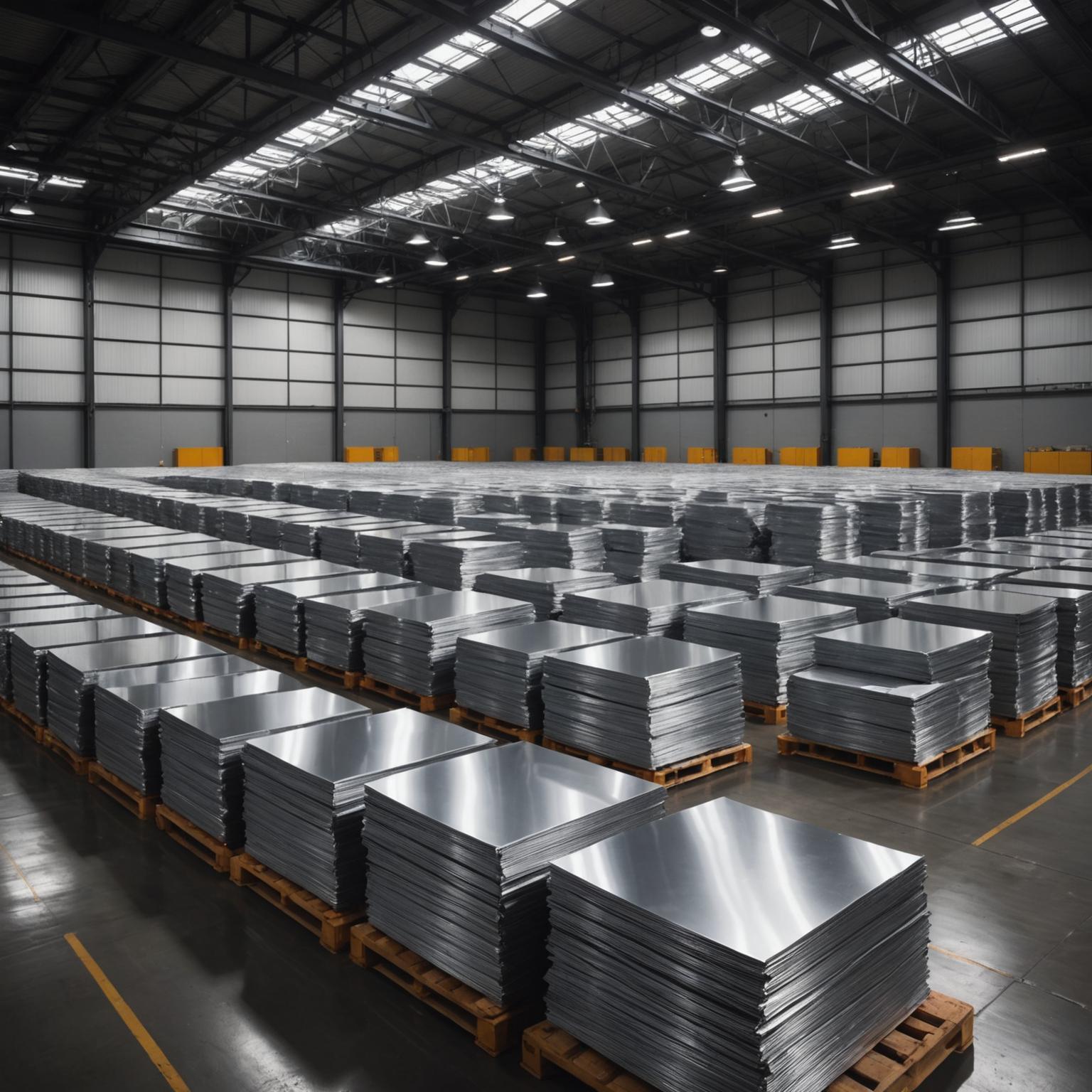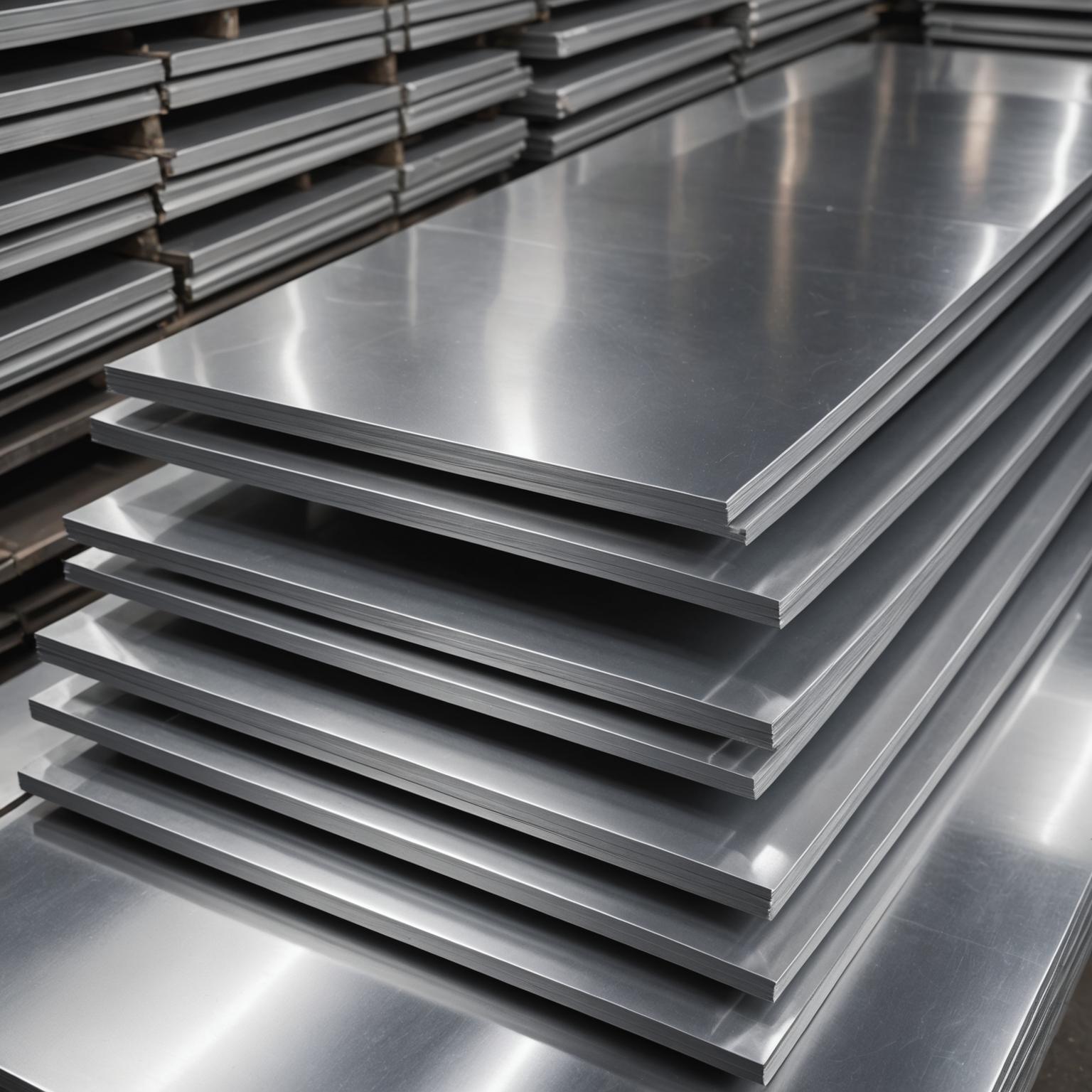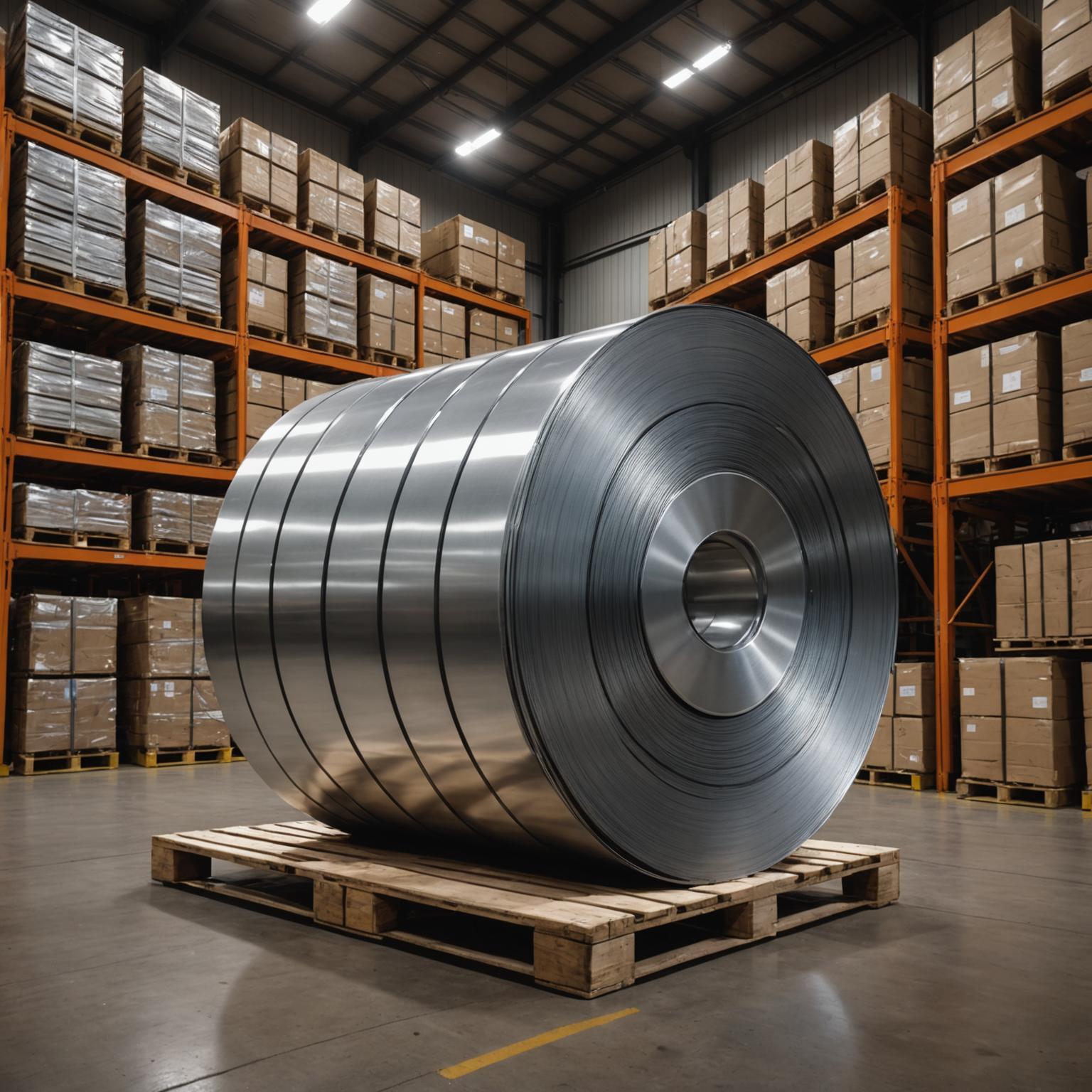Stainless steel is a widely used metal material, and its classification method is crucial. Stainless steel classification can help us better understand the characteristics, uses and applicable scenarios of the material. In this article, we will give a detailed introduction to stainless steel types, stainless steel uses, and industry applications, so that you can understand how to choose different types of stainless steel materials and their key roles in the industry, food, and medical fields. 
What is stainless steel classification
Stainless steel classification is a process of dividing stainless steel materials into several main types according to their chemical composition, microstructure and performance characteristics. Common stainless steels include austenitic stainless steel, martensitic stainless steel, ferrite stainless steel, and duplex stainless steel or precipitated hardened stainless steel with specific performance requirements. These categories have unique properties and uses, providing us with the basis for choosing the right materials.
Austenitic stainless steel is the most common category, and its content of chromium and nickel makes it have excellent corrosion resistance and plasticity, and is suitable for a variety of industrial uses. Martensitic stainless steel is known for its high strength and hardness, and is often used in scenarios where wear resistance is required. Although ferrite stainless steel is not as corrosion-resistant as the austenitic type, it performs excellent in magnetic properties and high temperature resistance. Duplex stainless steel combines the advantages of austenite and ferrite, with strength and corrosion resistance, and has been used in many advanced projects.
Properties and uses of stainless steel
The classification of stainless steel not only helps us understand its chemical composition and microstructure, but also directly correlates its use and industry applications. Regarding the characteristics of stainless steel, the most prominent features include its corrosion resistance, mechanical properties, machining properties and fatigue resistance. These properties make stainless steel the material of choice in many fields.
In industry, stainless steel is often used in chemical equipment, nuclear industrial equipment and building materials scenarios. Different types of stainless steel products meet different engineering needs due to their performance differences. For example, austenitic stainless steel is used in high corrosion environments, while ferrite stainless steel is recommended under high temperature conditions. In the food and medical field, food-grade stainless steel and medical stainless steel are used more strictly. These types of stainless steels require not only excellent corrosion resistance, but also meet health and safety standards.
The medical industry prefers the use of austenitic stainless steel because its excellent antibacterial properties and chemical stability are particularly advantageous in implanted medical devices, surgical tools and other medical devices. Food-grade stainless steel is used to make kitchen utensils, tableware and food processing equipment to ensure that food is not contaminated when it comes into contact with metal surfaces.
Industry Application and Material Selection of Stainless Steel
Selecting the appropriate stainless steel type according to the different purpose can significantly improve the efficiency and effectiveness of material use. The demand for industrial stainless steel is mainly concentrated in the fields of petroleum processing, transportation and energy production. In these industries, strength, corrosion resistance and high temperature resistance are key factors to be considered.
In the food industry, stainless steel not only needs to withstand the test of high temperatures, but also needs to avoid chemical reactions and corrosion. Common choices in this industry are food grade austenitic stainless steels such as 304 and 316 types. In the medical field, the selection of stainless steel is also relatively complex. Most implants choose stainless steel that is biocompatible with human body to ensure that the material does not cause rejection or other health problems during use.
In addition to the properties of the material itself, the stainless steel manufacturing process will also affect the end use of the material. For example, the smoothness of the stainless steel surface is improved through cold rolling process, the strength of the material is changed by heat treatment, and its corrosion resistance is optimized through specific additives. All of these processes provide important support for applications in the stainless steel industry.
The importance of stainless steel cannot be ignored. Its classification not only provides technical support for us in production and application, but also provides guarantees for the creation of safer and more efficient industrial and consumer products. Understanding the knowledge of stainless steel classification and its application scope is crucial to ensuring proper material selection and optimal performance.
In short, whether it is the special steel needed in the industrial field or the use of food-grade stainless steel in daily life, the application of stainless steel classification knowledge can help us better meet various needs. Hopefully, this article has a basic understanding of the classification of stainless steel and its uses, allowing you to make better decisions and applications in related fields.



